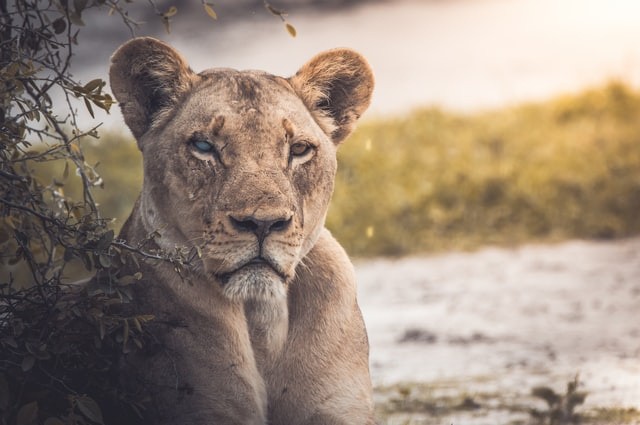According to new research, one of the two mummified baby cave lions, including a Eurasian cave lion discovered in Siberia, dates back over 28,000 years ago.
According to The Hill's Changing America, local mammoth tusk collectors discovered the cubs in the Siberian Arctic in 2017 and 2018.
The now-vanished cave lions usually spread all over eastern Siberia during the Late Pleistocene period. More so, they were a larger relative of the African lions that presently exist.
Initially, researchers thought the pair believed to be between one and two months old when they died, were siblings as they were found just a few feet apart. However, this new study shows the two differ in age by roughly 15,000 years.

Sparta and Boris
Based on radiocarbon dating, one of the cubs, a female named Sparta, dates back roughly 28,000 years ago, while the male cub, Boris, is over 43,000 years old.
The study, The Preliminary Analysis of Cave Lion Cubs Panthera spelaea (Goldfuss, 1810) from the Permafrost of Siberia, published in Quaternary, details how Sparta was preserved in permafrost in almost perfect condition. Most of its fur is intact, and so are her skin, teeth, soft tissues, and organs.
In a CNN report, author of the study evolutionary genetics professor Love Dalen, from the Center for Paleogenetics in Stockholm, said perhaps, Sparta is the best-preserved Ice Age animal ever discovered and is more or less unharmed aside from the fur being tangled.
Dalen added, given the cubs' preservation, these animals' may have been buried fast. Therefore, continued the study author, "maybe they died in a mudslide, or fell into a crack in the permafrost."
Researchers discovered that the cave lions' coat was much akin to that of the modern African lion cub, although they have long, thick fur undercoats that possibly helped them adjust to the region's cold temperature.
Mummified Animals
The mummified remnants of a number of extinct animals like a lark, woolly, cave bear, or canine puppy that once traveled around the Russian steppe have been discovered in recent years, mostly by hunters, who detonate tunnels through the use of high-pressure water hose into the permafrost mainly in the quest for long curvy mammoth tusks.
The CNN report also specified a lucrative yet controversial trade in tusks that ivory carvers and collectors consider a substitute to elephant ivory.
According to Russian scientists, Valery Plotnikov, a co-author of the study and a The Academy of Sciences researcher, have supplemented and collaborated with the tusk hunters, who excavate astounding discoveries from the permafrost's ice and mud.
In a London-based National History Museum-produced podcast, Plotnikov said, in 2017, he worked with tusk hunters "in the hole, the ice cave."
The co-author added it's freezing, hazardous, and quite hard to work in dreadful conditions, not to mention a lot of mosquitoes.
Plotnikov shared, he lost 22 pounds during the month he spent with the hunters. However, the ties he developed with them produced what he called a scientific bonanza, with him disclosing he has come across the said cave lion cubs, a wolf head, and a family of mummified mammoths.
A similar report on the discovery is shown on Headphones Breakers' YouTube video below:
RELATED ARTICLE : Egyptian Mummified Animals Contain Hidden Surprises
Check out more news and information on Anthropology in Science Times.
© 2025 ScienceTimes.com All rights reserved. Do not reproduce without permission. The window to the world of Science Times.












